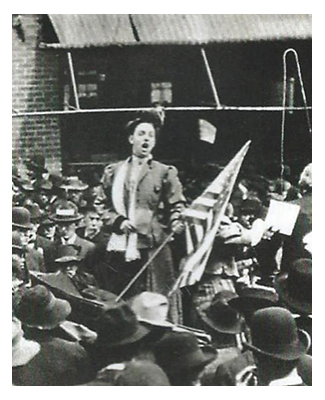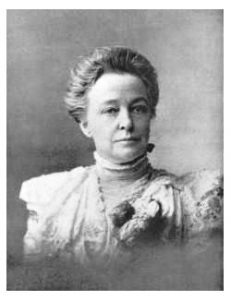Attend the 2017 GFWC Annual Convention
By Donna Shibley, GFWC Meetings and Convention Chairman
The 2017 GFWC Annual Convention in Palm Springs, California is coming up quicker than you think and if you still have to register, now is the time. Hundreds of GFWC members go to Convention and always go home with memories that last a lifetime. You wouldn’t want to miss out on all the fun! For more information, please visit https://www.gfwc.org/events/gfwc-2017-annual-convention-palm-springs-california/.
Need more convincing? Here are some FEDERATION reasons why you should go:
F: Get together with your Federation Sisters. There’s nothing better than catching up with longtime friends. The GFWC Annual Convention allows you to reunite with all of your Federation sisters from around the world, share ideas and inspiration, and celebrate everyone’s accomplishments with GFWC contests and awards.
E: Explore the Palm Springs area with fellow clubwomen and friends on the Soaring Heights and Celebrity Sights Tour. This off-site tour includes a trip on the Palm Springs Aerial Tramway, one of the most unique adventure attractions with a rotating tram car transporting you on an exciting excursion into nature atop the peak of Mt. San Jacinto. Also get an insider’s look at the lifestyles of your favorite celebrities with a fun and informative celebrity home driving tour through the historic Las Palmas area of Palm Springs.
D: Get Direct Access to GFWC Partners via the “One Shining Moment” Partner Luncheon on Saturday, Partner Workshops, and Partner Office Hours. These events and activities allow you to connect with the organizations who work with us to improve our communities and make the world a better place. Take the time you have with the partners to share your stories and experiences, discuss ideas, answer any questions about their organizations that you may have, and more!
E: An Elegant Evening is planned at the GFWC California State Night Banquet, Evening at the Oasis. Friday night is sure to be an evening to remember filled with fun and excitement. This desert paradise will offer much enthusiasm as the California contingency shows the attendees an entertaining evening.
R: Eight Region Luncheons are scheduled on Sunday where clubwomen can celebrate the accomplishments of their region. This is the perfect place to meet with women like yourself who believe in the GFWC mission, history, and spirit. Each Region President and their Officers will be sure to have a special afternoon planned for the region attendees while learning, sharing, and inspiring their region’s clubwomen.
A: Celebrate GFWC State Awards throughout the Convention including Special Program, Community Service Program, and Advancement area contest winners with International President Sheila Shea and the 2016-2018 Administration. Commemorate with fellow clubwomen all that states and clubs have done in the name of GFWC.
T: Try your luck at the “Dice Dice Baby” Casino Fun Night after the Awards Banquet celebrating GFWC’s Advocates for Children achievements. These Saturday night festivities are guaranteed to be a rewarding experience celebrating the achievements of Junior and Juniorette Clubs while benefiting March of Dimes. Dancing, having fun, and winning prizes.
I: Interested in shopping? Buy new GFWC Gear from Marketplace. The GFWC Marketplace often introduces great new products at Convention and this year is no exception! Be sure to stop by the Marketplace to get your commemorative merchandise. The GFWC staff is available to assist with all your shopping needs.
O: Outstanding opportunities that need mentioning: USO Service Project at Monday’s “Thanks for the Memories” Awards Brunch, California Dreamin’ Raffle items looking for a new home, Monday’s “Putting on the Ritz” Gala Banquet addresses from International President Sheila Shea and Director of Junior Clubs Jolie Frankfurth.
N: Nestled in the heart of Palm Desert is the breathtaking JW Marriott Desert Springs Resort and Spa where you can settle into your luxury guest room or suite at Convention. Five sparkling outdoor pools, two championship golf courses, a state-of-the-art spa facility and six exquisite on-site restaurant options will make this an unforgettable resort experience. Enjoy every minute.
Bonus Reason: Save money on Convention this year by registering as an All-Inclusive Attendee. This repeat deal allows you to pay one discounted price ($550) for registration and meals. The price includes your general $150 registration, three banquets (Friday-Monday,) two luncheons (Saturday-Sunday), one brunch (Monday) and one breakfast of your choice. You’ll save a total of $30 and won’t have to miss out on any of the Convention fun! Visit http://www.cvent.com/d/2vqg5g/4W to register today.

 By Nancy Carmon
By Nancy Carmon